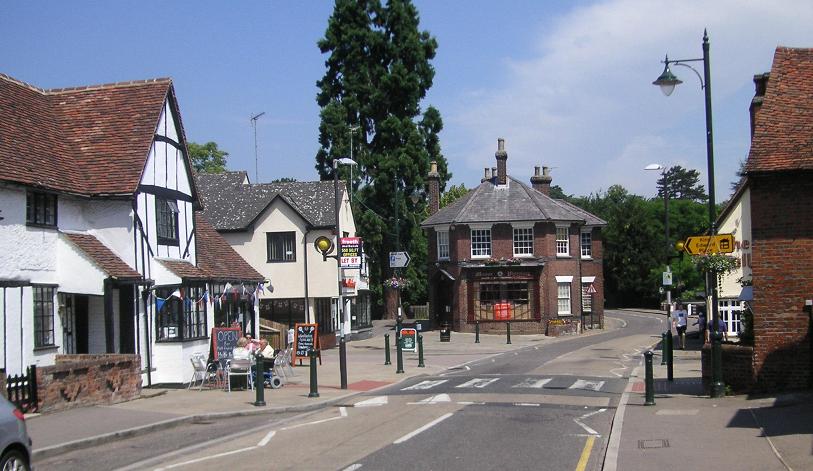
Wheathampstead
North of St Albans, nestled between Harpenden and Welwyn Garden City, sits the village and civil parish of Wheathampstead, Hertfordshire. The supposed original site for the ancient Celtic Catuvellauni tribe, Wheathampstead has been a central core of Hertfordshire’s human settlement for thousands of years. Nowadays, Wheathampstead is known for its affluence and quietude with the streets lined with grand country manor homes, terraced townhouses, suburban double-fronted properties, independent shops and restaurants flanked by the green spaces of Hertfordshire.
The name Wheathampstead comes from Old English, directly translating to ‘wheat homestead’. Although coming from Old English, Wheathampstead’s history stretches much further back in time. Excavations in the 1960s unveiled Mesolithic artefacts dating to 8500-4000 BC - over 10,000 years ago! It’s thought that Wheathampstead was the original location for the Catuvellauni tribe’s capital, before they moved to what is now known as St Albans. Evidence for this is mainly found in the Devil’s Dyke earthworks to the east of Wheathampstead - a defensive ditch system used by the Celtic tribe to ward off invaders. It is even questioned whether the Devil’s Dyke earthworks were an important site during Julius Caesar’s second invasion of Britain in 54 AD!

Although the site moved to what is now known as St Albans comes from an ancient settlement, there is plenty of historical buildings from throughout history in Wheathampstead. From 16th century timber bake-houses and mills, the 16th century inn still found today and a medieval house dating from 1480!
Wheathampstead, whilst a relatively large village, is still a semi-rural locale. Therefore, development in the local area is often slow and stagnant which is exacerbated by the proliferation of scheduled monuments and historical sites throughout Wheathampstead. However, there is opportunity for development throughout the area! The South West Hertfordshire area has been designated for the construction of over 800 new homes to be produced yearly between 2020-2030, with a portion of those homes allocated to Wheathampstead.